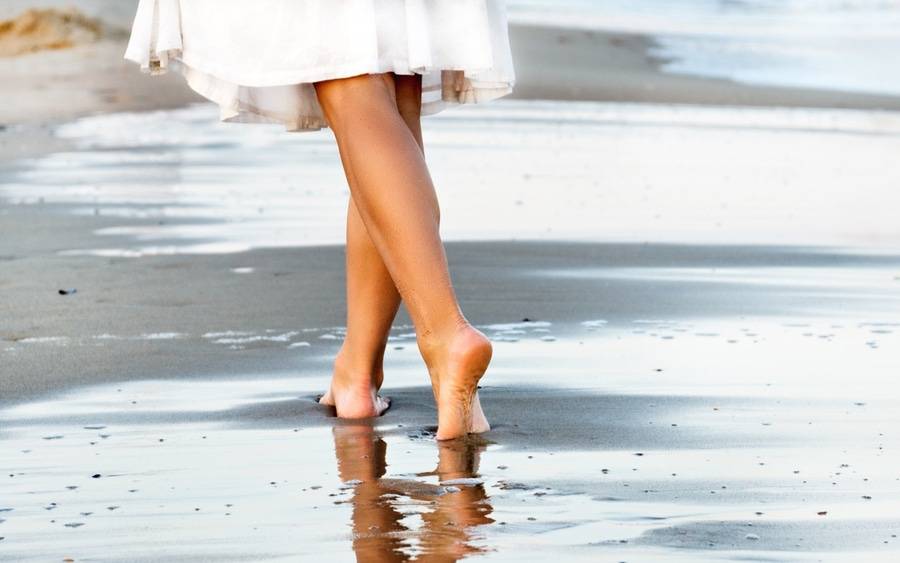Varicose Vein Treatment and Prevention
Protruding veins in legs can pose health issues, learn what to do

Protruding veins in legs can pose health issues, learn what to do
As we age, the risk of varicose veins increases. But there are other factors and health risks to consider when discussing this very common condition.
Varicose veins are visibly swollen and twisted veins that are caused by weakened valves and veins. They usually appear in the legs and are generally benign. In the United States, about 23 percent of adults have the condition, according to the American Heart Association.
For many, varicose veins are mainly of cosmetic concern. But for others, they could be an early sign of a more serious venous disease that requires medical treatment.
“Varicose veins can signal more serious problems,” says Sunil Rayan, MD, a vascular surgeon at Scripps Memorial Hospital Encinitas. “If left untreated for years, venous disease can cause swelling, skin discoloration, leg ulcers, bleeding and blood clots — a condition called thrombophlebitis.”
Thrombophlebitis is a swollen or inflamed vein caused by a blood clot. It may affect deeper, larger veins, a condition known as deep vein thrombosis (DVT). Or it may impact the veins near the surface, a less serious condition known as superficial thrombophlebitis.
Who gets varicose veins?
In addition to aging, family history, obesity, multiple pregnancies, heavy lifting and prolonged standing all increase the risk of developing varicose veins. Women develop the condition more often than men.
“Physical symptoms associated with varicose veins can include aching, pain, fatigue and burning in the legs,” Dr. Rayan says.
Tips to slow varicose vein progression
There’s no known way to prevent varicose veins. But there are ways to prevent them from worsening or delay new ones from forming. Here are six easy-to-follow tips:
Keep it loose
Tight clothes that constrict your waist, groin or waist areas or put pressure on your leg veins can worsen varicose veins.
Keep your weight healthy
Extra weight places pressure on your veins.
Don’t sit or stand too long without switching positions
Change position every 30 minutes to keep your blood moving.
Exercise
Any low-impact physical activity that encourages blood circulation without stressing leg veins, like walking and swimming, helps.
Elevate your legs while sitting or sleeping
Take 10 minute breaks to elevate your legs above the level of your heart.
Hang up the high heels
Your calf muscles get a better workout in flats or lower heels. That helps move blood through leg veins more efficiently.
Your doctor may also prescribe one of three strengths of compression stockings, which decrease swelling in the legs and prevent blood from pooling in leg veins.
Medical treatment for varicose veins
Venous treatments typically work either by collapsing and permanently closing a problem vein, or by breaking up or removing a blood clot before it can cause further harm.
These procedures are typically used to address vein problems that do not involve blood clots, including varicose veins:
Sclerotherapy
This in-office procedure uses a simple injection of a chemical to seal small and medium-sized varicose veins. Within a few weeks, the treated vein should fade away, although some veins may require more than one treatment. The treatment does not require anesthesia.
Laser surgeries
Smaller veins can be treated with lasers to make them fade away. Although it is considered “surgery,” there are no cuts or incisions involved.
Catheter-assisted heat ablation
In this treatment for larger veins, your doctor inserts a thin tube (catheter) into the vein and delivers heat through the tip. As the catheter is removed, the heat destroys the vein, which causes it to collapse and seal shut.
Ambulatory phlebectomy
Under local anesthesia, your doctor removes smaller varicose veins through tiny punctures in your skin. Only the parts of your leg being treated are numbed, and there is minimal scarring.